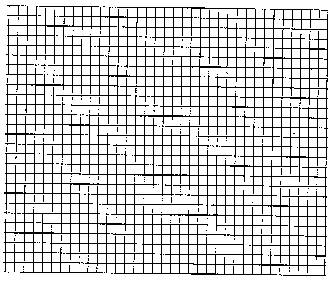 |
 |
|
|
|
|
Contributed by: Council of Chief State School
Officers (CCSSO)
TO THE STUDENT Carefully read through these directions and the directions on
the next page before you begin to work. You may be part of a group for the first part of this exercise.
If you are, the group should carry out the experiment and collect
the data together, but each student must record the data in his
or her own booklet. Be sure to record the data exactly as you observe
them. After the data have been collected, each student should answer
the questions independently. After you have finished your experiment and have recorded all
of the data, you will be asked to answer some questions about the
experiment and the data you recorded. Your answers must be written
in this test booklet in the space provided. Make sure that you understand
each question before you begin to write. At any time while you are
writing your answers, you may look back at the directions for the
experiment and the data you collected. Be sure that your answers
are written as clearly and neatly as possible. Before you begin the exercise, read the list of materials given below and check to make sure that your group has everything listed. Materials
Population Dynamics: Predator/Prey Relationship As a member of the International Committee for the Protection of Threatened and Endangered Animals (ICPTEA), you have been asked to respond to a subcommittee's report that there has been a rapid decline in the snowshoe hare population over the past four years. The major predator of the snowshoe hare is the lynx. In order to prevent the continued decline of the hare population, the subcommittee has proposed reducing the lynx population. Previous research has shown that the snowshoe hare survives by eating the sparse plant material growing in the cold climate of Canada, and that the hare is capable of rapid population growth due to its high birthrate. The lynx has a much lower birthrate than the hare. You have found the following data on the population levels of each species in a given region over a 28 year period (MacLulick, 1937). The population of hares is given in thousands, and the population of lynx is given in hundreds.
To develop a clearer understanding of the research data in the table, plot the data on a line graph. Make sure that the axes are clearly labeled. Designate the snowshoe hare populations with a dot (.) and the lynx populations with an (x). Questions Please answer the following questions by yourself.
|
